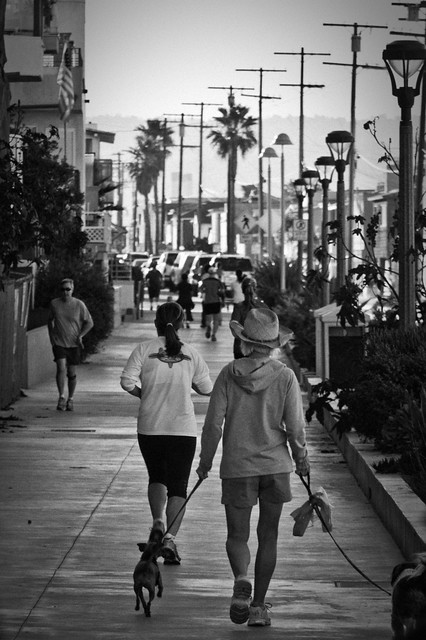By Ellen M. Bassett, Timothy Beatley, Reuben M. Rainey, Robert Lamb Hart, David P. Howerton, J. Timothy McCarthy II, Paul Milana, and Stuart Siegel
The
built environment is a critical factor in human
health outcomes. In the late 19th and early 20th
centuries, for instance, poor urban environments were
a great threat to city residents from all walks of life.
Rapidly growing cities experienced severe epidemics
of infectious diseases, including tuberculosis, cholera,
typhoid, and yellow fever. These epidemics were
effectively mitigated through investment in public
infrastructure and better urban planning. Sewers
were built to manage human waste, public parks
were created give access to fresh air, building
standards were changed to ensure safe shelter,
and development regulations served to reduce
traffic congestion and relieve urban overcrowding.
Importantly, visionary architects and planners of
the time recognized the role of urban design as
a tool for improving health. Some of the earliest
American suburbs—like
Riverside, Illinois, planned
by Vaux and Olmstead—were created as havens
from the industrial city and designed in a way that
incorporated nature and health-giving open space
throughout the model community. In reaction to
heavily polluted London, Ebenezer Howard envisioned
the “garden-city” which strove to integrate the best of
the city with the benefits of rural life. His iconic vision
informed the thinking of other leading 20th century
designers and urbanists who created places like the
New Deal-era Greenbelt towns—practical but utopian
communities designed to provide decent housing,
strong community life, and nearby employment and
amenities to its residents.
Our triumph over the acute diseases of the
city provides important lessons for today since
communities across the United States now face a
different type of health threat—namely the spread
of chronic diseases, such as asthma, Type-2
diabetes, cancer, and heart disease.1
Of particular
concern relative to the rise of chronic diseases is
the global rise in levels of obesity. The prevalence
of obesity or extreme obesity for adults aged 20
to 74—conventionally measured as a Body Mass
Index exceeding 30 for obesity and 40 for extreme
obesity—has risen from 14.3% in 1960-62 to
41.9% in 2010-2011 (Fryar, et al.(a), 2014). Child
and adolescent (aged 2 to 19) obesity now measures
at 16.9%, up from 5.2% in 1971-1974 (Fryar, et
al.,(b), 2014). At the same time that obesity has
risen, average rates of physical activity have fallen
for both adults and children. In the US, only 48% of
adults meet the Surgeon General’s Guidelines for
physical activity, namely 150 minutes of moderate
intensity aerobic activity like brisk walking every
week (http://www.cdc.gov/physicalactivity/data/
facts.html). Physical inactivity amongst children is
also a concern. For instance, in 2009, 13 percent of
children five to 14 years old usually walked or biked
to school compared with 48 percent of students in
1969. The concern with obesity and physical inactivity
is so pronounced in our public health conversations
because of the known link between these factors and
chronic diseases such as diabetes, heart disease and
various forms of cancer.
More papers about neighborhood planning and design:






